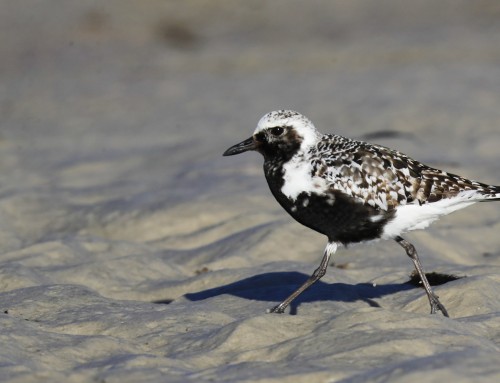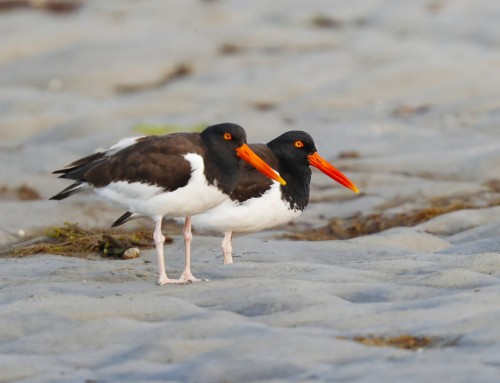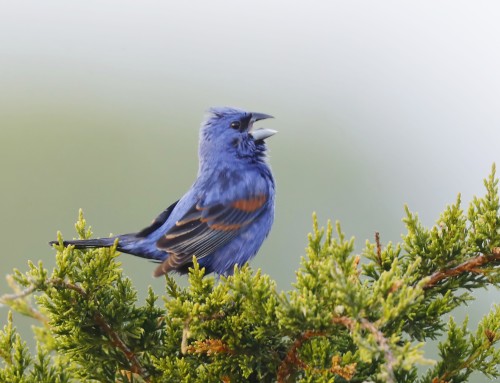August 29, 2025: In late August in Great Sippewissett Marsh, Short-billed Dowitchers forage in shallow pools and mudflats at low tide, probing rapidly for worms, crustaceans, insects, and seeds, feeding in small flocks to build reserves for southbound migration.
During southbound fall migration in late August, a Short-billed Dowitcher stopping over in Great Sippewissett Marsh is typically in active feeding mode, replenishing fat reserves for the next leg of its journey. These birds forage most often in shallow tidal pools, mudflats, and brackish marsh edges exposed at low tide.
Their feeding style is distinctive and often described as a “sewing machine” motion. It uses rapid, repeated probing with the long bill into soft mud or shallow water. The bill tip is highly sensitive, allowing them to detect and extract prey without needing to see it. At this stage of migration, their diet is omnivorous but strongly invertebrate-based, including:
- Polychaete worms
- Small mollusks and crustaceans (such as amphipods and small shrimps)
- Insect larvae
- Occasional seeds and aquatic vegetation
Foraging is generally most productive at falling or low tide, when vast mudflats and shallow pools are exposed. In a large marsh, they will often be seen in small, loosely associated flocks, sometimes mixed with yellowlegs, peeps, and other shorebirds. They feed intensively and can spend long periods probing with little rest, taking advantage of the rich tidal productivity before resuming their southbound migration toward wintering grounds in the Caribbean and northern South America.






Leave A Comment
You must be logged in to post a comment.